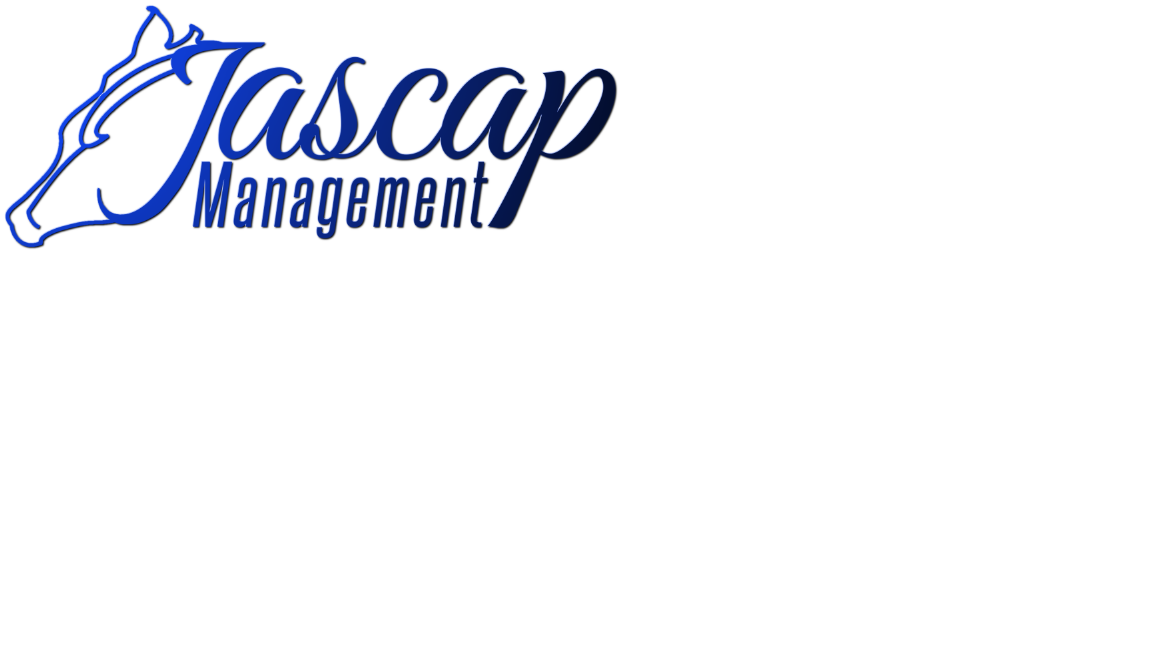
Investment Approach
Jasmijn’s Approach
We use risk management that uses risk-based framework. The typical asset class-based approach ignored common risk factors that may be shared across “asset class” boundaries. We evaluate equity risk that can be present in asset classes that may not be called “equities” such as convertible bonds and junk bonds. We focus on correlations and potential outcomes.
Goal of Risk Management Approach:
Achieve long term growth by minimizing drawdown with a mathematical approach to quantifying risk.
-
Public equities
High yield bonds
-
Math based approach to buying/selling
Asset allocation tracks (closely with market indexes)
Classify risk in percentages instead of broad terms such as moderate or aggressive
-
Free cash flow
Dividend
Debt to asset ratio
-
Sell point
Price relative to sell point
Increase of Resource asset allocation with broad market sentiment
-
Cash
Gold
Inverse ETF (Volatility & Indexes)
-
Role of an Algorithmic Approach in a Portfolio
A primary risk of significant allocations to growth drivers is equity risk. To diversify, portfolios should have a systematic approach to buying and selling those equities. Portfolios should be well diversified across all sectors of the market while keeping portfolio risk quantified.
-
Role of Technical and Fundamental Screens
Screening for high quality investments is an important role in risk mitigation. Free cash flow is a key component in choosing high quality companies, and one of our main criteria that must be met. Free cash flow shows that a company is solvent and not reliant upon debt to innovate and grow. Along with our use of fundamental screens our technical screens provide us preferred entry points and exit points. When used in conjunction with an algorithmic approach these screens can limit the drawdown of an investment.
